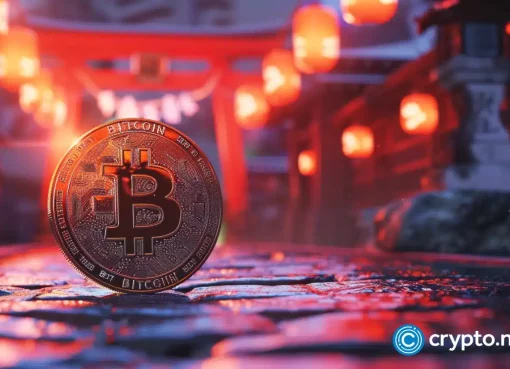According to play-to-earn nonfungible tokens (NFT) protocol Aavegotchi on Mar. 11, the entity closed the bonding curve defining the exchange rate between its namesake token (GHST) and the DAI U.S. dollar stablecoin (DAI). The same day, the DAI stablecoin depegged as part of the ongoing USD Coin destabilization, which was, in turn, caused by $3.3 billion in stuck stablecoin collateral deposits owed to its issuer Circle by now-defunct Silicon Valley Bank.
GHST is described as an “entry ticket” into Aavegotchi, where users can use the token to purchase NFT portals, wearables, consumables within the Aavegotchi game, stake to farm rewards, or participate in DAO governance. The Aavegotchi bonding curve was created on Sept. 14, 2020, with an opening price of 0.2 DAI per GHST.
When users purchase GHST via DAI, the bonding curve smart contract, powered by Aragon, ensures new GHST tokens are minted and vice versa. However, when a GHST token is purchased, each subsequent buyer will have to pay a slightly higher price for each token, leading to GHST having a higher market cap than its DAI reserve.
In what was essentially a multi-year token sale, the protocol has received a total of 30.3 million DAI. Developers first proposed in January that the DAI funds should be distributed for protocol liquidity, the Aavegotchi DAO, and its parent Pixelcraft Studios on a 20/40/40 basis.
With the bond curve now removed, the exchange rate of GHST is now free floating and no longer determined by DAI. At the time of publication, the token’s value has plunged by 18.09% in the past 24 hours to $1.12 apiece. Meanwhile, the price of DAI stablecoin has fallen 6.76% in the past 24 hours to $0.9314 apiece. Though no longer linked, the proceeds received from the token sale suffered a material loss due to the DAI depegging event. Cointelegraph has reached out to Aavegotchi but did not receive a response by press time.
when this shitstorm is over i fully expect all of the mainstream crypto news to writes articles on how @aavegotchi somehow picked the EXACT DAY OF DAI’S DEPEG to close the $GHST bonding curve
holy shit what a story
— coderdan.eth | aavegotchi (@coderdannn) March 11, 2023




